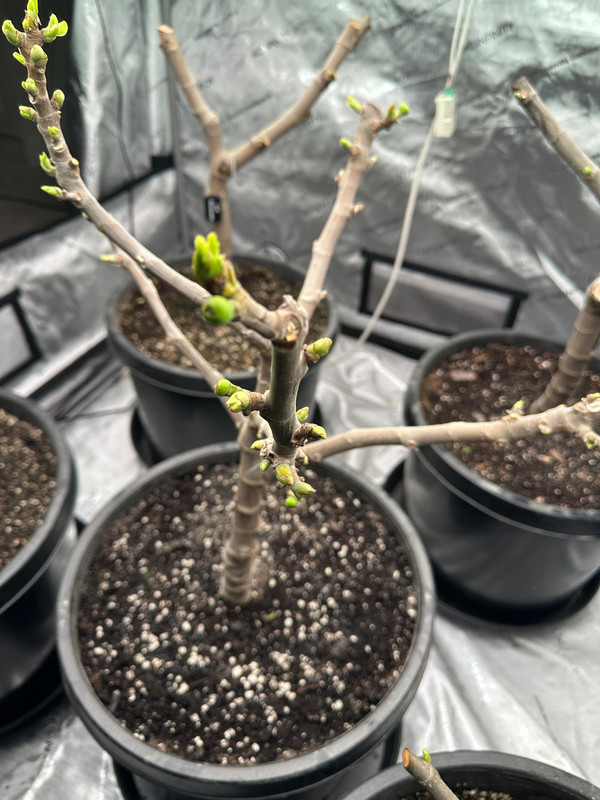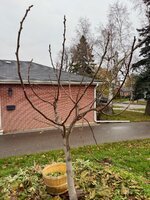TorontoJoe
Administrator
Something like this. I know... I like to experiment. There might be an issue with light penetrating deeply enough... But I'm curious to see how it does if I can maintain the shape in a container
I’d like to know where that tree came from as well. Beautiful!
With the pruning you outlined, I think the part I’m still dialling in is creating new scaffolds with the correct timing. As they age they send out fruiting growth later and later. That or have them set in a way that I can alternate new budding branches from year to year.
Your node spacing still blows my mind. I get it now. I just need to figure out a way to set it up within the spaces I have to work with. I may need to have a garage sale!
Precisely. One caveat is that the secondary and/or tertiary pruning may not be required, as, depending on when/how the tree was pruned last, the length of the growing season, and/or the variety's growth habit, it may branch out naturally, and all that will be required after that is thinning and shape maintenance.
Here is one of my trees after only primary pruning (apical bud pinching, rather, to let the scaffolds develop in early spring), and no secondary pruning was needed. You can see, though, that one scaffold's top, at the very back, was pruned off, but that was done to take a cutting for a fellow grower. The rest of the scaffolds were left untouched.

They branched out at the tips naturally.


Another example, this is one of my trees after primary and secondary pruning.

No tertiary pruning was done as the fruiting branches tip-branched out naturally and looked like this:

From there, I would thin out the canopy by removing unwanted branches to keep the tree at the shape (and to a degree, height) I want.
Of course, you can just let the tree do its thing and end up with something like this (the pictures below are not mine, I saved them some time ago on my computer, can't recall where I saved these from... if someone knows the owner, let me know and I will credit them):


Which looks absolutely gorgeous, but will require special care/requirements when it comes to winter storage, and giving it even a short headstart.
I’d like to know where that tree came from as well. Beautiful!
With the pruning you outlined, I think the part I’m still dialling in is creating new scaffolds with the correct timing. As they age they send out fruiting growth later and later. That or have them set in a way that I can alternate new budding branches from year to year.
Your node spacing still blows my mind. I get it now. I just need to figure out a way to set it up within the spaces I have to work with. I may need to have a garage sale!






